Spur Winged Plover Eggs
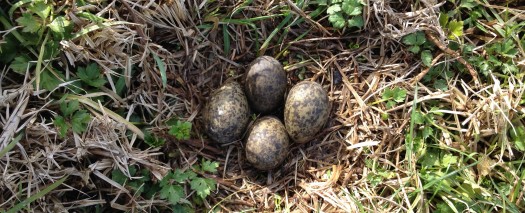
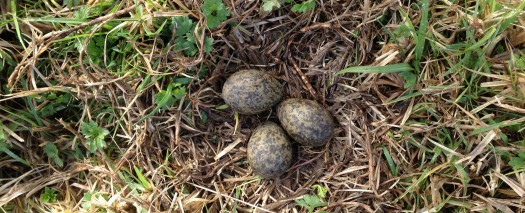
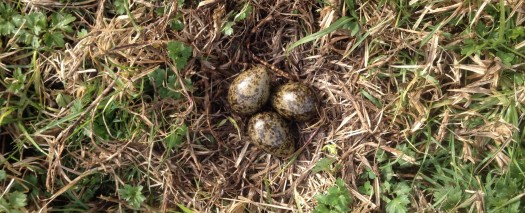
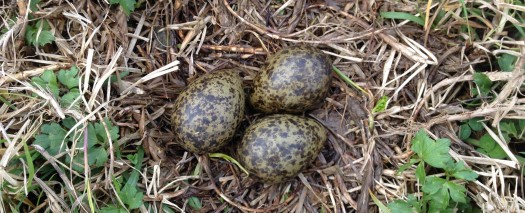
Because I know I have a predator I will not know if this technique works unless I still have eggs on the 17th of September.
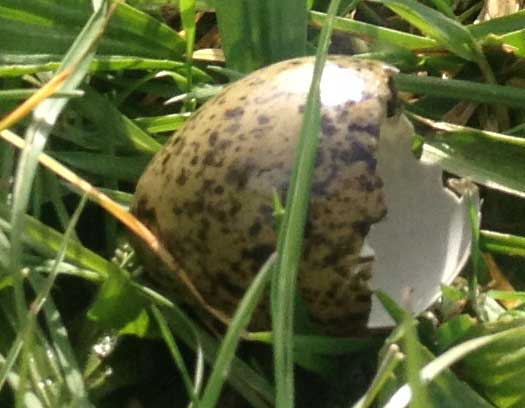
Dropped some of to the Museum.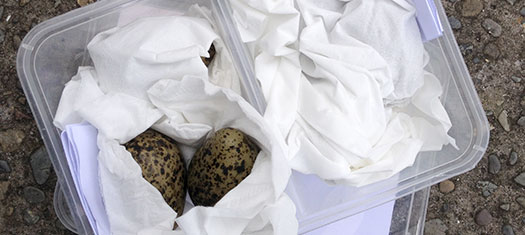
Three eggs from two Spur Wing Plover nests which each had 4 eggs
Collected from Alexandra Park -36.8908216, 174.779165 On the 24th August 2014
Three eggs from two Spur Wing Plover nests one had 3 eggs the other had 4 eggs
Eggs collected from both sites to protect neighbouring (nesting) NZ Dotterel.
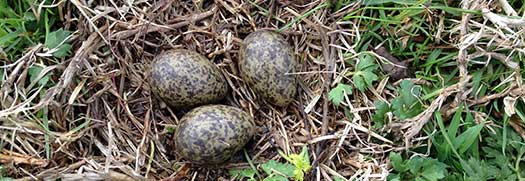
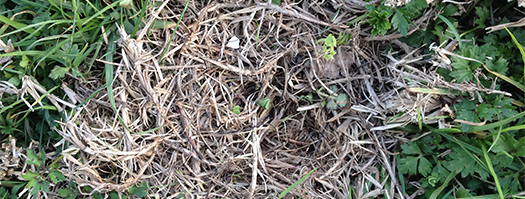
Biodiversity
Spur Winged Plover Chicks
Chick Shelters
After presenting at a great event to discuss the future of Non-Beach Breeding Dotterel I left with some great advice. I plan to make Chick Shelters, when the parent alerts the chick I need to have one of these (every 10 meters or so) that the chick can run to.

I need to make it even shorter and longer, just to be sure. Interestingly I tried adding my decoy chick and it just worried the Pukeko who turned their heads sideways to stare at it in the shelter.











Everything is in place, now we just need some chicks. I need to do observational work to test a few things:
1. Do adults avoid the shelters?
2. Do the chicks use the shelters?
3. Are the shelters effective at protecting chicks from predators? If not lets lower them and check point 2.
4. Other benefits/ problems?
RESULTS





1. Do adults avoid the shelters? No.
2. Do the chicks use the shelters? No, small chicks hide in the grass which is quite long in spring. None of the small chicks lived long enough to be bigger chicks that might have made a longer dash to a chick shelter. The mown area created did not attract any Dotterel (Just Pied stilts, Herons and Spur Winged Plover).
3. Are the shelters effective at protecting chicks from predators? Untested, maybe try them at a mown or beach site.
4. Other benefits/ problems:
- They help with orienteering in the field and you can also perch on them.
- Cows broke about 20% of them, flipping was also an issue, I would consider using tent pegs to prevent cow flipping.

Dotterel Calls
Territorial call (were-wit) of an NZ Dotterel. Note the distinctive groan from the upper throat. You can see it happen at 5 seconds but is hard to hear.
Browns Island Mussel Reefs
Or what is left of them! Even the oysters are swamped by mud from the Tamaki estuary. Wikipedia needs updating:
“The flatter areas to the west have very large part submerged mussel beds which extent out 100 m (328 ft) from the shore preventing easy landing”.
Now the exposed rocks are surrounded by thick mud.
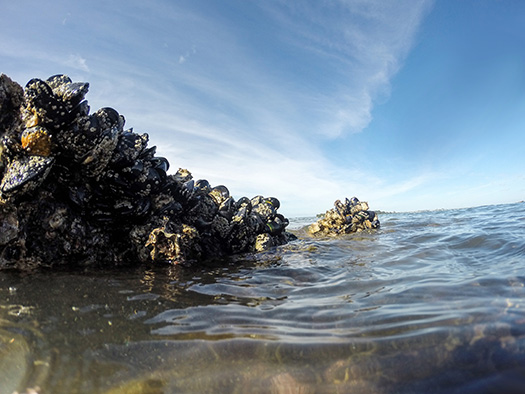
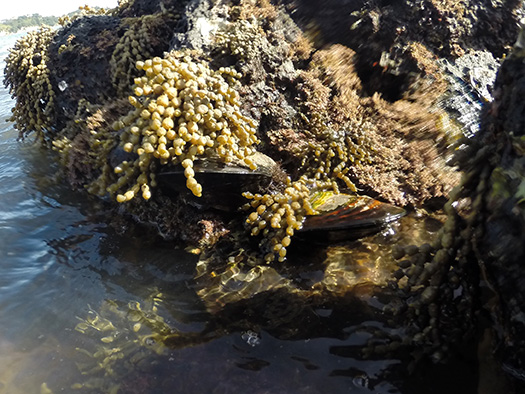
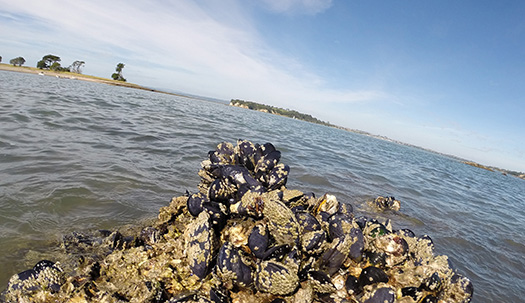
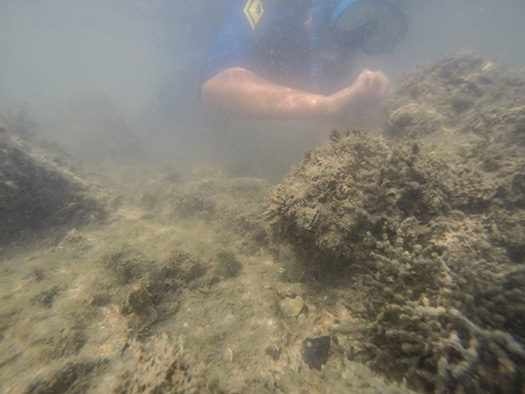
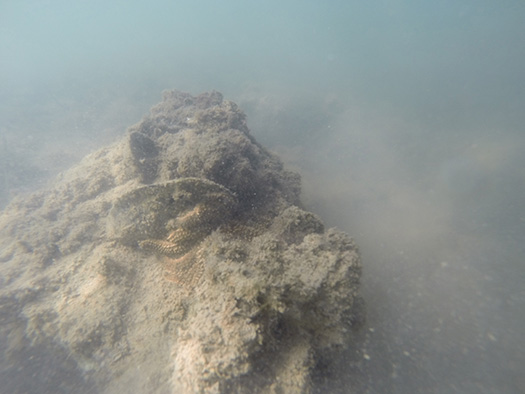
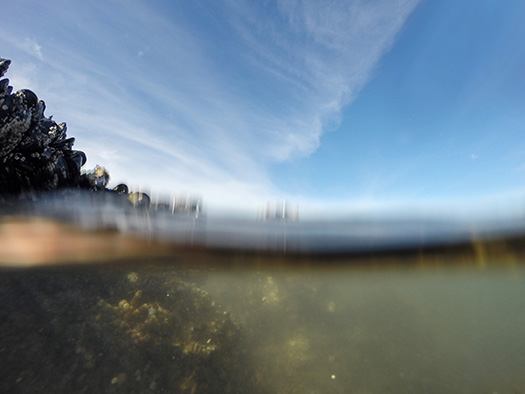
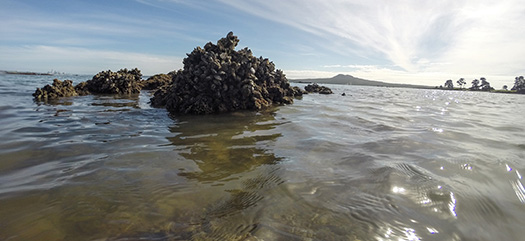
Tamaki River East Roost
Source: Environmental Condition and Values of Mangere Inlet, Whau Estuary and Tamaki Estuary (2008)
 Coastal Protection Area 1. Pakuranga Creek and Roost: One of the roosting sites used by some of the hundreds of wading birds that feed within the Tamaki Estuary. The whole of the Tamaki Estuary is a regionally important wildlife habitat and has been selected by the Department of Conservation as an Area of Significant Conservation Value (ASCV).
Coastal Protection Area 1. Pakuranga Creek and Roost: One of the roosting sites used by some of the hundreds of wading birds that feed within the Tamaki Estuary. The whole of the Tamaki Estuary is a regionally important wildlife habitat and has been selected by the Department of Conservation as an Area of Significant Conservation Value (ASCV).
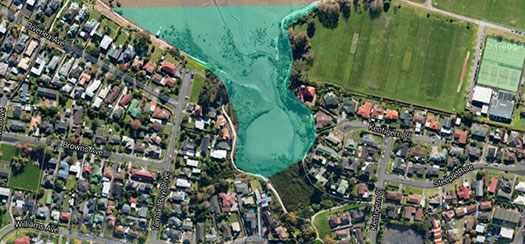 Coastal Protection Area 1. Tamaki River East Roost. One of the roosting sites used by some of the hundreds of wading birds that feed within the Tamaki Estuary.
Coastal Protection Area 1. Tamaki River East Roost. One of the roosting sites used by some of the hundreds of wading birds that feed within the Tamaki Estuary.
No birds roost here now. Are they still CPA’s? How has the habitat changed:
- Mangroves
- Coastal planting
- More houses
- More pets

Times
 While I was cleaning up this rusted oil barrel that had been dumped near a stream in Selwyn Bush decades ago, I thought about how “times have changed”. I guess all I need to do is make them change faster.
While I was cleaning up this rusted oil barrel that had been dumped near a stream in Selwyn Bush decades ago, I thought about how “times have changed”. I guess all I need to do is make them change faster.
A Dotterel Breeding habitat at Tahuna Torea
After the last count of 50 Pukeko at Point England I am considering trying to find a better breeding habitat on the Tamaki Estuary for the local Dotterel. Michael Taylor can’t recall Dotterel showing any interest in the tidal mudflats in the lagoon area at Tahuna Torea. I am wondering why, as this seems the perfect spot.
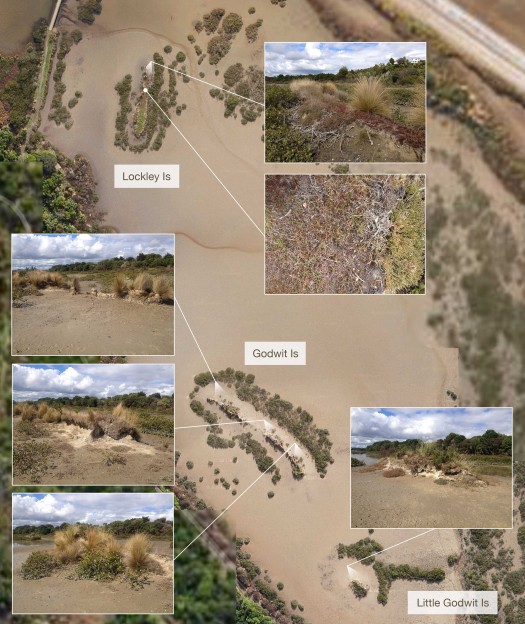
Mangroves and other vegetation would need to be cleared to give the birds a 270° view. Gwenda Pulham made the observation that there are no sand hoppers to feed chicks and I should read HANZAB. Which states “Usually feed on firm exposed mudflats, sand or stones; avoid soft sticky mud, e.g. near mangroves.”
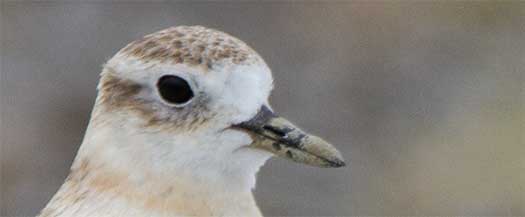
So how sticky is too sticky?
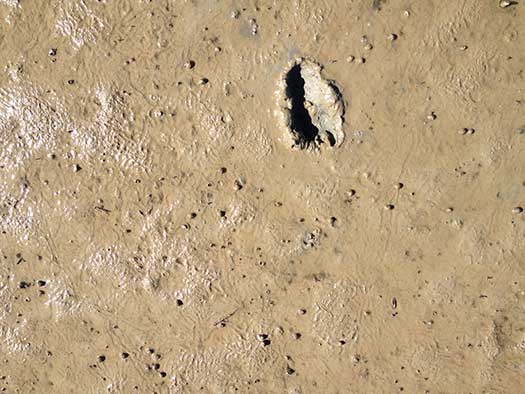
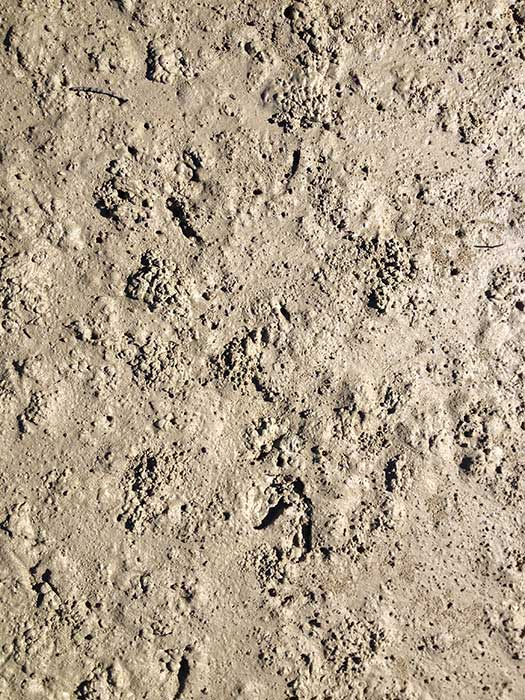
The odd Pukeko and roosting Caspian Tern is seen on the flats, and occasionally a Banded Rail. But mostly it’s White Faced Herons and Pied Stilts.
If it has a 30% chance or working then I am keen to:
- Clear dense vegetation from the islands.
- Remove or trim a large amount of the mangroves.
- Import shell.
- Reinforce the islands.
- Experiment with decoys.
UPDATE: May 2014: Experts think this is a long shot and that I have a better chance of dealing with the Pooks at Point England by poisoning them. But an even better idea is Chick Shelters!
UPDATE: March 2024: Well that worked after all!







